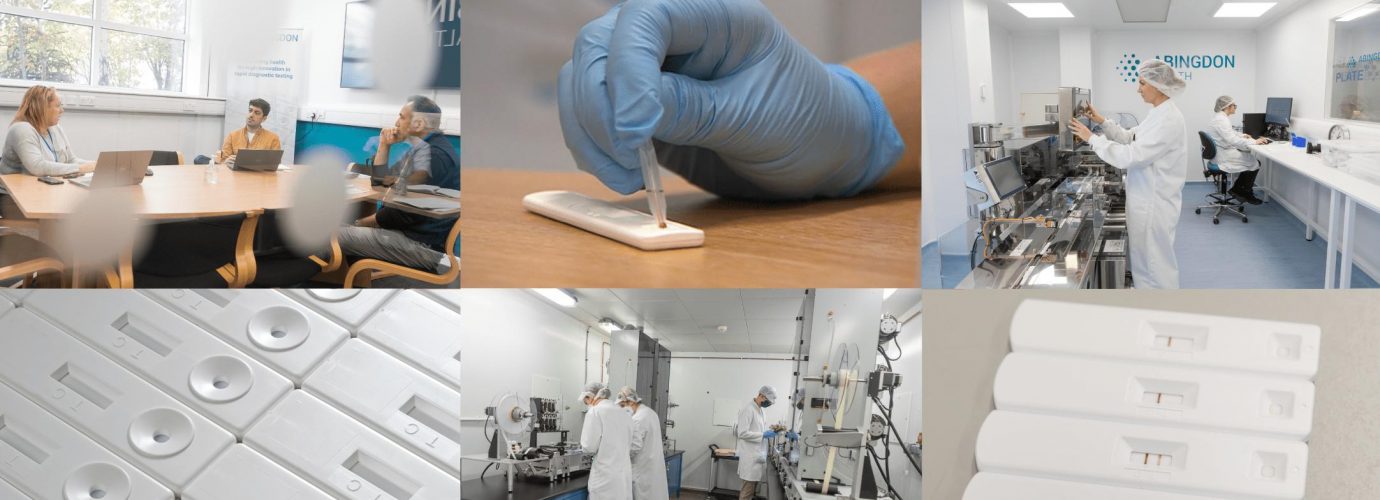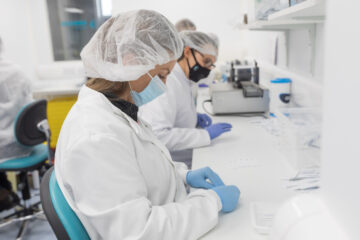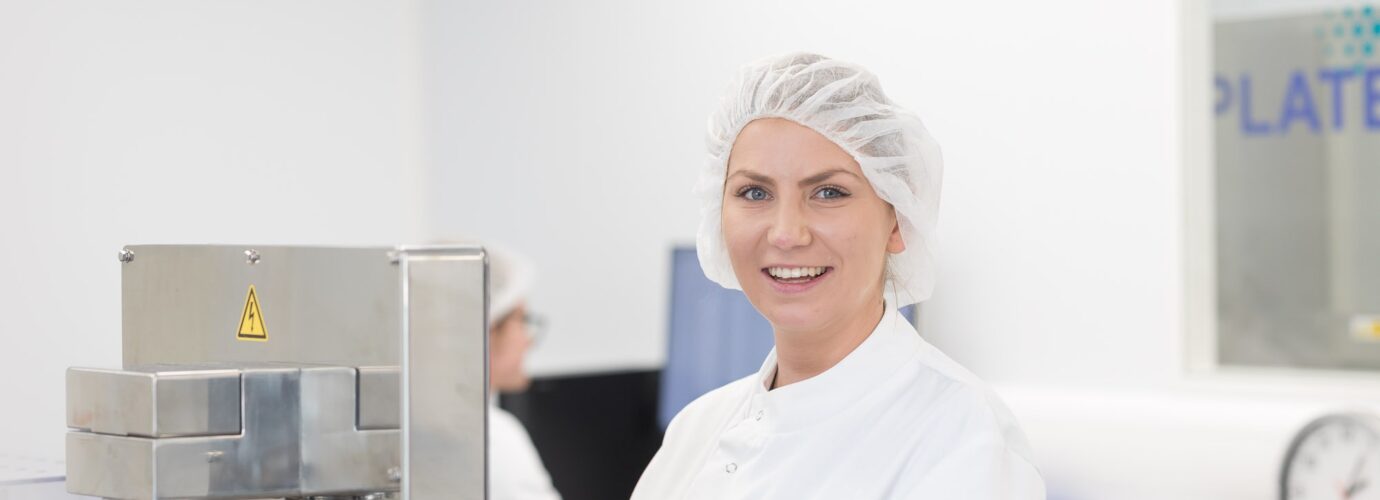LFT Services
Abingdon Health is a world leading developer and manufacturer of high-quality rapid lateral flow tests across all industry sectors, including healthcare, animal health and plant health.
We take projects from development through scale-up and into routine large-scale manufacturing. We also offer flexible solutions such as card and strip manufacture, device assembly, product kitting, regulatory support, and commercialisation.
LFT Products
We also supply lateral flow products globally to consumers, retail, wholesale and distributors across multiple industries. See our rapid test brands.
Helping you move faster, contain risks and embrace opportunities!
Latest news and events
Read the latest from Abingdon Health and learn more about the power of lateral flow immunoassay technology.










